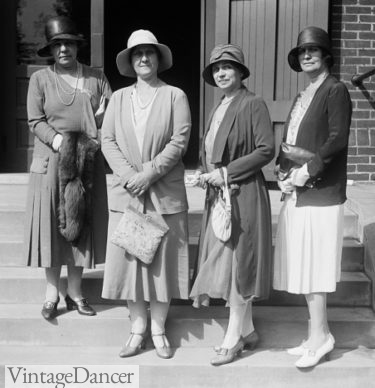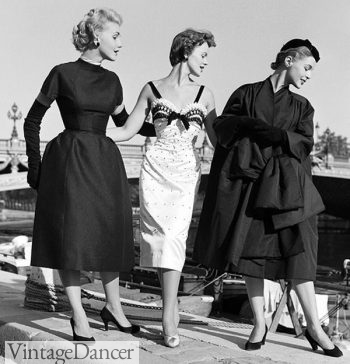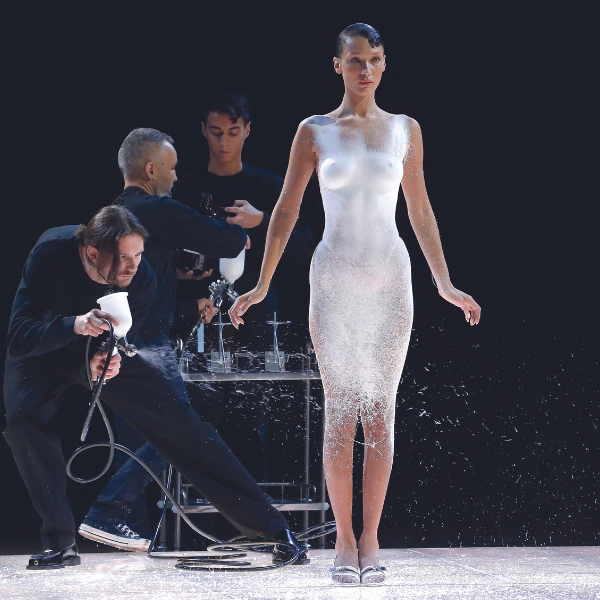Can Clothes Alone Define Fashion?
Some people think fashion is just about putting on clothes. Technically, that’s not wrong, but it’s not the whole truth either. If fashion were only…

Some people think fashion is just about putting on clothes. Technically, that’s not wrong, but it’s not the whole truth either. If fashion were only about wearing clothes, then everyone who gets dressed in the morning would be a fashion icon. But we all know that’s not how it works. Just like laying down bricks doesn’t make it a house, fashion is more than fabric and stitching. It’s culture, identity, history, and innovation woven together.
Clothing is the most visible part of fashion. It’s the canvas where designers bring their creativity to life and where individuals express who they are. From the drama of haute couture to the simplicity of everyday wear, clothing reflects personal taste, social status, and cultural movements.
But here’s the thing: clothes alone don’t make fashion. Two people can wear the same outfit and tell completely different stories. It’s the styling, the attitude, the confidence, and the context that transform clothes into fashion.


Fashion doesn’t exist in isolation, it’s shaped by history, technology, economics, and even politics. Look at the 1930s: the Great Depression pushes fashion toward conservative, practical styles. Fast forward to the 1950s, and postwar prosperity brought glamorous, voluminous silhouettes.
Geography matters, too. What’s fashionable in Tokyo isn’t necessarily fashionable in Paris or Lagos. Traditional attire blends with modern trends, creating styles influenced by climate, culture, and history. Fashion is constantly evolving, molded by the world around it.
Fashion is as much about perception as it is about the clothes themselves. A simple item, let’s say, a plain white tank top, can become a trend overnight if the right celebrity or influencer wears it. Social media, magazines, and runway show dictate what’s in and what’s out, often making or breaking designers in the process.
We see this all the time. A designer can create something groundbreaking, something breathtaking, but if it doesn’t get media attention, does it even exist in the eyes of the fashion world? Meanwhile, mass-market brands push the same trends repeatedly because they sell. The line between artistic expression and commercial success has never been thinner.
Some designers treat fashion as an art form, pushing boundaries and making statements. Alexander McQueen didn’t just design clothes, he told stories, challenged norms, and created emotional experiences. Vivienne Westwood turned punk fashion into a movement. Their work proves that fashion isn’t just about what we wear; it’s about what we communicate through what we wear.
But here’s the reality: in today’s industry, designing beautiful, innovative clothes doesn’t always mean success. The market is dominated by big brands. aggressive marketing, and endless product drops. True artistic vision can get lost in the noise. If a collection isn’t commercially viable, it might never reach the audience it deserves. The industry’s focus on profitability often limits creativity, making it harder for designers to take risks.
Fashion is also driven by innovation, not just in design, but in materials, technology, and sustainability. AI, 3D printing, and bioengineered fabrics are redefining how clothes are made and consumed. These advancements go beyond aesthetics, challenging traditional ideas of craftsmanship and reshaping the future of fashion.
So, can clothes alone define fashion? No. Fashion is an ecosystem where clothing is just one part of the equation. It’s shaped by culture, history, media, technology, and personal interpretation. You can wear an expensive designer outfit, but if it doesn’t align with the bigger picture, if it doesn’t reflect who you are, what’s happening in the world, or the energy of the moment, it’s just fabric.
Fashion is a language. And like any language, it’s not just about the words, it’s about the message, the moment, and the meaning behind them.



